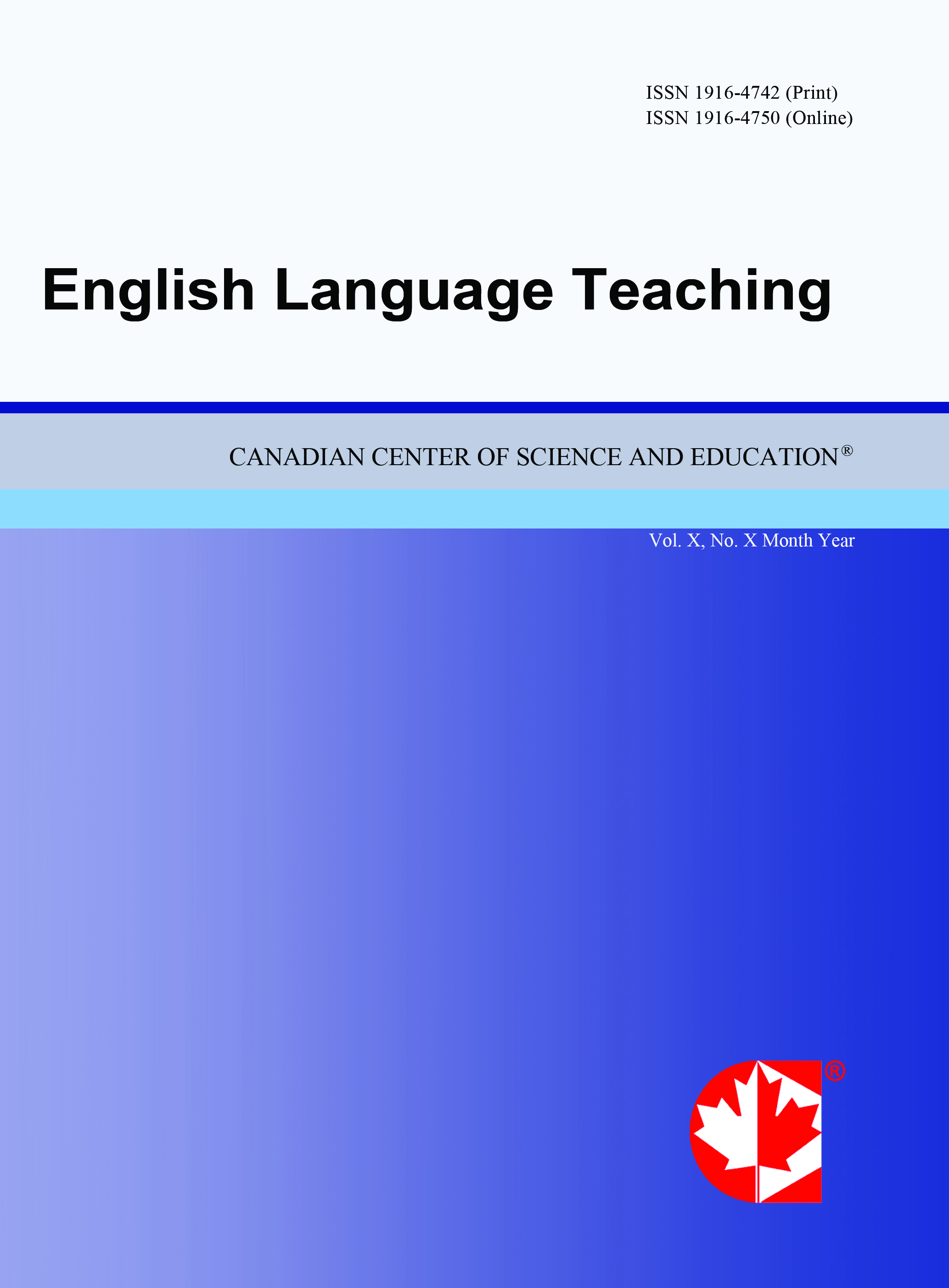Grammar Translation Method and Neurolinguistics Analysis in Level B1 of Higher Education
- Marcela Patricia Gonzalez Robalino
- Janneth Alexandra Caisaguano Villa
- Maritza De Lourdes Chavez Aguagallo
- Lorena Del Pilar Solis Viteri
Abstract
This research aims to explain how Ecuadorian students of higher education learn English. The grammar-translation method helps Spanish-speaking students learn English more efficiently. These students try to connect their native language with the second language based on what they want to express, and this connection deals with neurolinguistics. The teacher must provide an efficient explanation so that the students can develop an activity, which is why the grammar-translation method was an important part of the learning process. When the students got the idea of the grammar point, they could develop language skills like reading, listening and producing the language by writing and speaking. Therefore, grammar translation is just the first step in teaching development. This process was applied with Level B1 students of Universidad Nacional de Chimborazo, who could improve their knowledge in using English as a second language and being sure about what they understood, the students could demonstrate what they learned through written and spoken reports. This work was based on qualitative and quantitative method, the analysis of the grammar points presented in level B1 topics and the examples applied both in English and Spanish. It also explains how the students developed the activities and the results they achieved. The real point is what the students think and feel about learning English by translation.
- Full Text:
 PDF
PDF
- DOI:10.5539/elt.v18n11p53
Journal Metrics
1. Citations (February 2025): 97751
2. h-index (February 2025): 132
3. i10-index (February 2025): 1695
For details about the Journal Metrics, please visit the Google Scholar website.
Index
- Academic Journals Database
- CNKI Scholar
- Educational Research Abstracts
- Elektronische Zeitschriftenbibliothek (EZB)
- EuroPub Database
- Excellence in Research for Australia (ERA)
- GETIT@YALE (Yale University Library)
- Harvard Library E-Journals
- IBZ Online
- INDEX ISLAMICUS
- JournalSeek
- JournalTOCs
- LearnTechLib
- Linguistics Abstracts Online
- LOCKSS
- MIAR
- MLA International Bibliography
- NewJour
- Open J-Gate
- PKP Open Archives Harvester
- Publons
- ResearchGate
- ROAD
- SHERPA/RoMEO
- Standard Periodical Directory
- Technische Informationsbibliothek (TIB)
- The Keepers Registry
- Ulrich's
- Universe Digital Library
Contact
- Gavin YuEditorial Assistant
- elt@ccsenet.org
